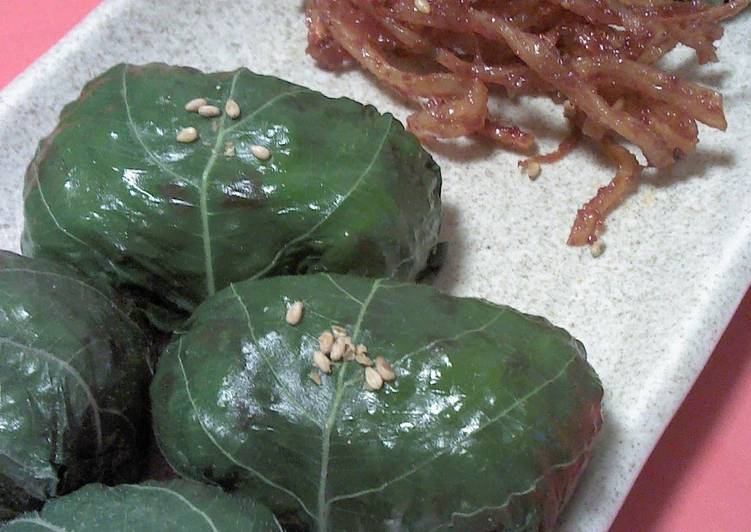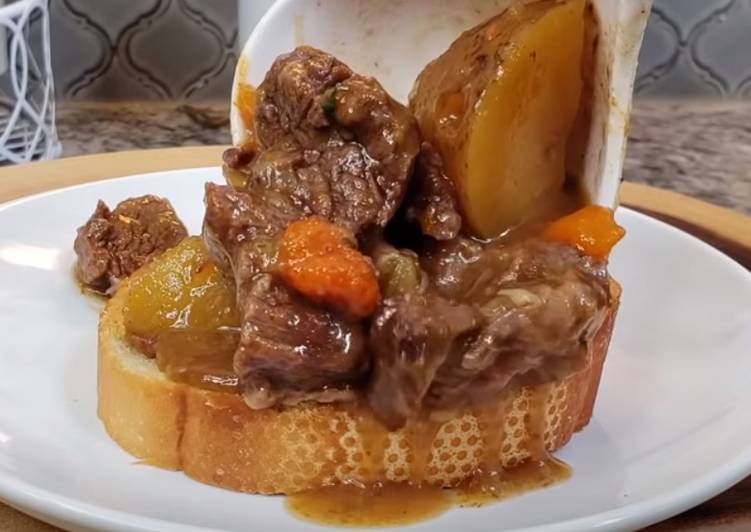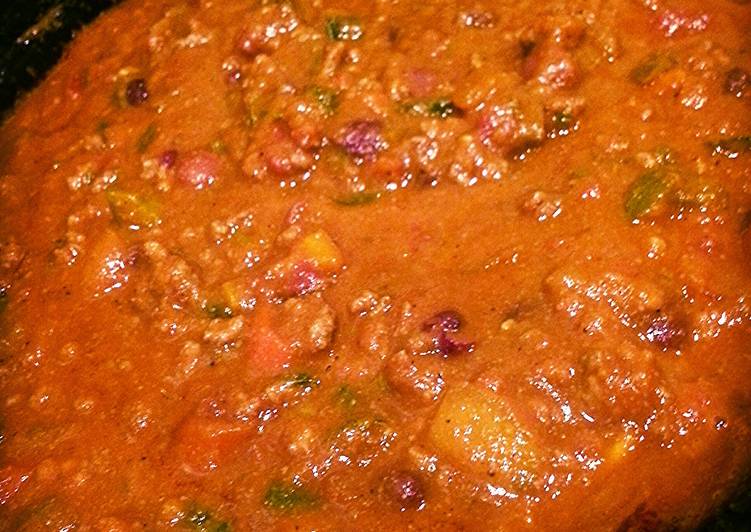
Hello everybody, it is Louise, welcome to my recipe page. Today, I will show you a way to make a special dish, egoma leaf onigiri (rice balls) korean dish. It is one of my favorites. For mine, I’m gonna make it a bit tasty. This will be really delicious.
Egoma Leaf Onigiri (Rice Balls) Korean Dish is one of the most popular of current trending foods on earth. It’s appreciated by millions every day. It is easy, it is fast, it tastes delicious. Egoma Leaf Onigiri (Rice Balls) Korean Dish is something which I’ve loved my entire life. They’re nice and they look fantastic.
Fill Your Cart With Color today! Free UK Delivery on Eligible Orders Egoma Leaf Onigiri (Rice Balls) Korean Dish cookpad.japan. My mother-in-law made this recipe a long time ago; it hasn't got any particular name for it, so we call it "Egoma Leaf Rice". Since the egoma leaves are not seasoned much, the meat mixture should be prepared slightly salty and sweet.
To get started with this recipe, we have to prepare a few ingredients. You can cook egoma leaf onigiri (rice balls) korean dish using 8 ingredients and 9 steps. Here is how you can achieve it.
The ingredients needed to make Egoma Leaf Onigiri (Rice Balls) Korean Dish:
- Prepare 30 Egoma leaves
- Get 700 grams Plain cooked rice
- Take 100 grams Minced beef (or minced beef and pork mix)
- Prepare 1/2 tsp Carrot
- Prepare 4 1/2 tbsp Soy sauce
- Make ready 3 tbsp Mirin
- Get 1 1/2 tbsp Sugar
- Take 1 tsp Sesame oil
Before you jump to Egoma Leaf Onigiri (Rice Balls) Korean Dish recipe, you may want to read this short interesting healthy tips about Easy Ways to Get Healthy. We all realize that, in order to really be healthy and balanced, nutritious and balanced meal plans are important as are good amounts of exercise. Back in the day when there was no such thing as refrigeration, the Japanese came up with a way to preserve rice by adding salt and pickled ingredients. These Spicy Tempeh Onigiri Rice Balls are a perfect example of turning Tempeh into a delicious dish.
Instructions to make Egoma Leaf Onigiri (Rice Balls) Korean Dish:
- Sauté the meat and roughly chopped carrot, and add the soy sauce, mirin, and sugar.
- Cook until the liquid is almost completely evaporated out of the pan. Since you will mix this meat mixture with rice, it should be a little salty.
- These are egoma leaves. They are a little bigger and thicker than shiso leaves.
- Add a little salt to boiled water, and parboil the egoma leaves for 1-2 minutes. They will become too soft if you boil them for too long, so parboil them briefly.
- To prevent them from discoloring, blanch in cold water after parboiling.
- Drain the leaves, and wring them tightly in your hands. They are quite tough, so don't worry – just wring them as tightly as you can.
- Add the meat mixture from Step 2 and sesame oil to the cooked rice.
- Spread out the egoma leaf, taking care not to tear it, and wrap a rice ball inside. Trim off the stems.
- This is how they turn out. They make bite-sized pieces.
Back in the day when there was no such thing as refrigeration, the Japanese came up with a way to preserve rice by adding salt and pickled ingredients. These Spicy Tempeh Onigiri Rice Balls are a perfect example of turning Tempeh into a delicious dish. We don't need to prepare many ingredients, just the rice, tempeh, and some Asian seasoning, like soy sauce, Korean paste, and sesame oil. Since I'm in Taiwan, these ingredients are very convenient to get. Sweet, savory miso sauce slathered on warm, fluffy rice balls, this Miso Yaki Onigiri is such a simple and humble dish, yet so deliciously comforting.
So that is going to wrap this up with this special food egoma leaf onigiri (rice balls) korean dish recipe. Thank you very much for your time. I am confident you can make this at home. There’s gonna be more interesting food at home recipes coming up. Don’t forget to bookmark this page on your browser, and share it to your family, friends and colleague. Thanks again for reading. Go on get cooking!

